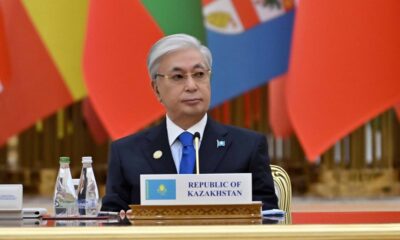COVID-19
US to impose mandatory COVID-19 tests for travelers from China
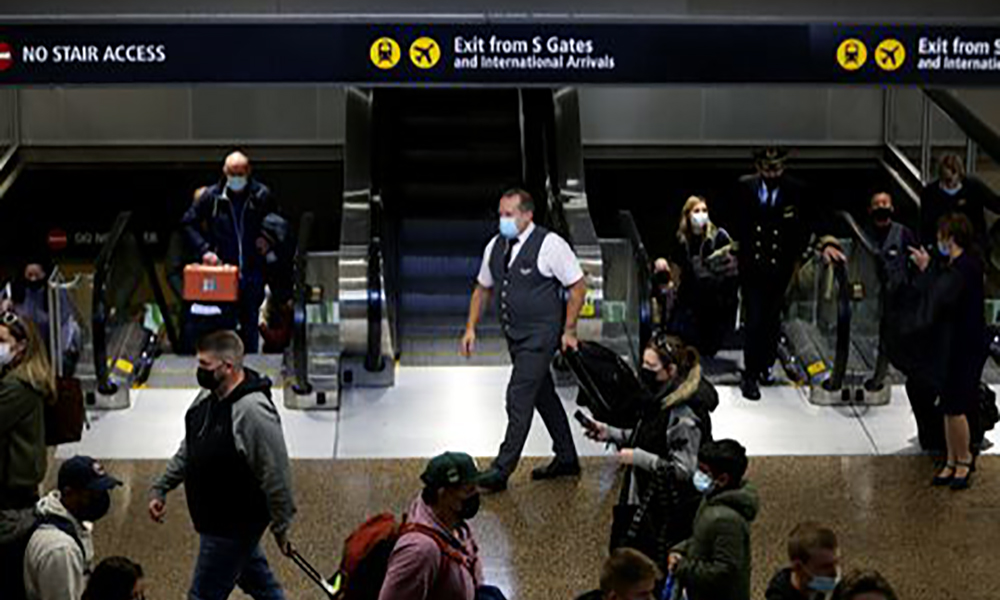
The United States will impose mandatory COVID-19 tests on travelers from China, US health officials said on Wednesday, joining India, Italy, Japan and Taiwan in taking new measures after Beijing’s decision to lift stringent zero-COVID policies, Reuters reported.
The officials told reporters that beginning on Jan. 5, all air passengers 2 years old and older will require a negative result from a test no more than two days before departure from China, Hong Kong or Macao.
According to Reuters passengers who test positive more than 10 days before a flight can provide documentation of recovery in lieu of the negative test result, the federal officials said.
They attributed the change in policy to the lack of information on variants of the SARS-CoV-2 virus and concerns that the increased number of COVID cases in China could result in the development of new variants of the virus.
The United States also is expanding its voluntary genomic sequencing program at airports, adding Seattle and Los Angeles to the program. That brings the total number of airports gathering information from positive tests to seven, read the report.
In an abrupt change of policy, China this month began dismantling the world’s strictest COVID regime of lockdowns and extensive testing, putting its battered economy on course for a complete re-opening next year.
The lifting of restrictions, following widespread protests against them, means COVID is spreading largely unchecked and likely infecting millions of people a day, according to some international health experts.
Beijing has faced international criticism that its official COVID data and its tally of deaths are inconsistent with the scale of its outbreak, Reuters reported.
“We have just limited information in terms of what’s being shared related to number of cases that are increasing, hospitalizations and especially deaths. Also, there’s been a decrease in testing across China so it also makes it difficult to know what the true infection rate is,” a US health official told the briefing.
Given the large number of people in China who have not been exposed to the virus, the introduction of Omicron variants and the rollback of China’s zero-COVID policies, U.S. officials are concerned there will be a large number of infections leading to hospitalizations and deaths in China, the official said.
Some global health experts have said the virus could infect as many as 1 million people per day, and international modeling groups have predicted China could experience 2 million deaths or more, read the report.
Earlier this week, US officials cited “the lack of transparent data” from China, a persistent complaint from Washington about China’s handling of the pandemic, as a reason for considering its own travel restrictions.
The US and Chinese approaches to battling COVID have been markedly different throughout the pandemic.
High infection rates in the United States early in the pandemic gave Beijing room to argue its model of strict COVID prevention measures had saved lives.
China has struggled to vaccinate its elderly population and has yet to authorize foreign mRNA vaccines. Its overall vaccination rate is above 90% but the rate for adults who have had booster shots drops to 57.9%, and to 42.3% for people aged 80 and older, according to Chinese government data last week.
The country has nine domestically-developed COVID vaccines approved for use, but none has been updated to target the highly infectious Omicron variant.
US officials told the briefing they have offered mRNA vaccines and other support to China, but Chinese officials have said publicly they do not need U.S. assistance at this time. “We continue to stand by our offer,” one official said.
In June, the United States rescinded a 17-month-old requirement that people arriving in the country by air test negative for COVID-19. It still requires most non-U.S. citizens to be vaccinated against COVID to travel to the United States, Reuters reported.
COVID-19
WHO declares end to COVID global health emergency

The World Health Organization said Friday that COVID-19 no longer qualifies as a global emergency, marking a symbolic end to the devastating coronavirus pandemic that triggered once-unthinkable lockdowns, upended economies and killed millions of people worldwide.
The announcement, made more than three years after WHO declared the coronavirus an international crisis, offers some relief, if not an ending, to a pandemic that stirred fear and suspicion, hand-wringing and finger-pointing across the globe, AP reported.
The U.N. health agency’s officials said that even though the emergency phase was over, the pandemic hasn’t finished, noting recent spikes in cases in Southeast Asia and the Middle East.
WHO says thousands of people are still dying from the virus every week, and millions of others are suffering from debilitating, long-term effects.
“It’s with great hope that I declare COVID-19 over as a global health emergency,” WHO Director-General Tedros Adhanom Ghebreyesus said.
“That does not mean COVID-19 is over as a global health threat,” he said, warning that new variants could yet emerge. Tedros noted that while the official COVID-19 death toll was 7 million, the real figure was estimated to be at least 20 million.
Tedros said the pandemic had been on a downward trend for more than a year, acknowledging that most countries have already returned to life before COVID-19.
He bemoaned the damage that COVID-19 had done to the global community, saying the pandemic had shattered businesses, exacerbated political divisions, led to the spread of misinformation and plunged millions into poverty.
When the U.N. health agency first declared the coronavirus to be an international crisis on Jan. 30, 2020, it hadn’t yet been named COVID-19 and there were no major outbreaks beyond China.
More than three years later, the virus has caused an estimated 764 million cases globally and about 5 billion people have received at least one dose of vaccine.
In the U.S., the public health emergency declaration made regarding COVID-19 is set to expire on May 11, when wide-ranging measures to support the pandemic response, including vaccine mandates, will end. Many other countries, including Germany, France and Britain, dropped most of their provisions against the pandemic last year.
When Tedros declared COVID-19 to be an emergency in 2020, he said his greatest fear was the virus’ potential to spread in countries with weak health systems.
Most recently, WHO has struggled to investigate the origins of the coronavirus, a challenging scientific endeavor that has also become politically fraught.
COVID-19
COVID-19 in Iran: Nearly 900 new cases, 24 deaths recorded
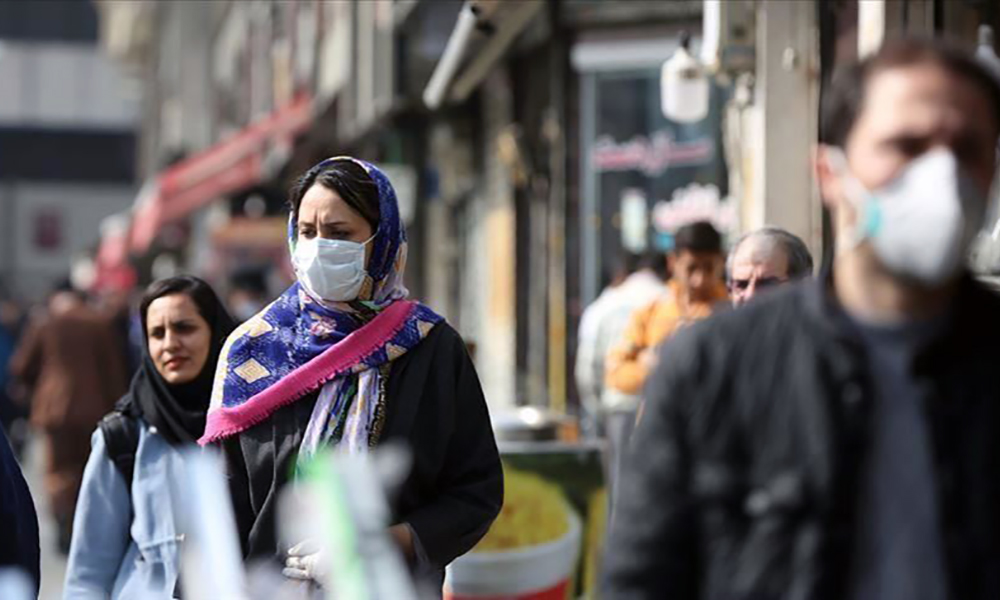
The Iranian health ministry announced on Sunday that more than 890 new cases of COVID-19 have been identified across the country during the past 24 hours, adding that 24 patients have died in the same period of time, Fars News Agency reported.
“A sum of 891 new patients infected with COVID-19 have been identified in the country based on confirmed diagnosis criteria during the past 24 hours,” the Iranian Health Ministry’s Public Relations Center said on Sunday, adding, “454 patients have been hospitalized during the same time span.”
The ministry’s public relations center said 611 people infected with COVID-19 are in critical condition.
COVID-19
China says 200 million treated, pandemic ‘decisively’ beaten

China says more than 200 million of its citizens have been diagnosed and treated for COVID-19 since it lifted strict containment measures beginning in November.
With 800,000 of the most critically ill patients having recovered, China has “decisively beaten” the pandemic, according to notes from a meeting of the ruling Communist Party’s all-powerful Politburo Standing Committee presided over by President and party leader Xi Jinping, AP reported.
China enforced some of the world’s most draconian lockdowns, quarantines and travel restrictions and still faces questions about the origins of the virus that was first detected in the central Chinese city of Wuhan in late 2019. Heavy-handed enforcement prompted rare anti-government protests and took a heavy toll on the world’s second-largest economy.
The official Xinhua News Agency quoted Xi as saying that policies to control the outbreak had been “entirely correct.” The abrupt lifting in November and December of the “zero COVID” policy that had sought to eliminate all cases of the virus led to a surge in infections that temporarily overwhelmed hospitals.
Case numbers have since peaked and life has largely returned to normal, although international travel in and out of China has yet to return to pre-pandemic levels.
China is now transitioning to a post-pandemic stage after a fight against the outbreak that was “extraordinary in the extreme,” Xinhua said.
The government will continue to “optimize and adjust prevention and control policies and measures according to the times and situations with a strong historical responsibility and strong strategic determination,” Xinhua said.
-

 Sport4 days ago
Sport4 days agoILT20: Desert Vipers edge Gulf Giants in historic super over thriller
-

 Latest News2 days ago
Latest News2 days agoMuttaqi: Afghanistan’s progress requires both religious and modern education
-

 Regional4 days ago
Regional4 days agoSix Pakistani soldiers killed in TTP attack in Kurram District
-

 Business4 days ago
Business4 days agoTrade bodies warn almost 11,000 Afghan transit containers stuck at Karachi port
-
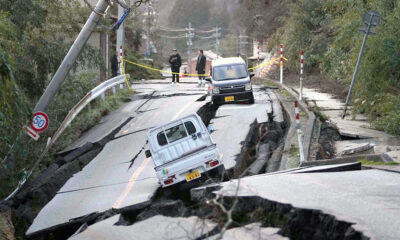
 World4 days ago
World4 days agoPowerful 7.6 earthquake hits northern Japan, tsunami warnings issued
-
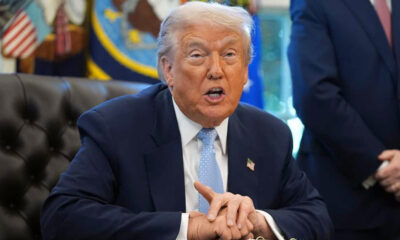
 Latest News3 days ago
Latest News3 days agoTrump calls Afghanistan a ‘hellhole’ country as US expands immigration restrictions
-

 Sport5 days ago
Sport5 days agoSorkh Poshan Khafi defeats Sarsabz Yashlar 4-0 in Afghanistan Champions League
-

 Sport3 days ago
Sport3 days agoCommanding wins for Arman FC and Sarsabz Yashlar in Afghanistan Champions League


